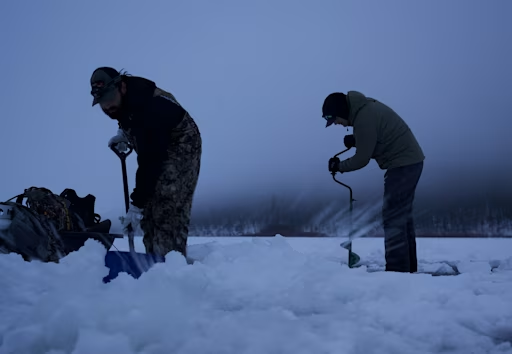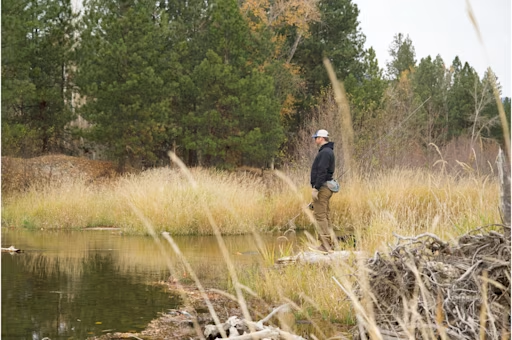The float fishing technique
Learn more about when and how to use the float fishing technique, and best practices for catching more and bigger fish.
Share this article

This post provided by Fishbrain user David Schaeffer
Join the Fishbrain community today to access free tools, tips and techniques to improve your fishing
Thin flowing water, or a body of water with any current will cause predatory fish to treat that current like a conveyor belt of food. Trout, small mouth and other predatory fish will relate to that current in different ways throughout the day as they allow it to bring the food to them, and move in and out of it in order to hide in ambush positions and utilize current breaks to conserve energy. Utilizing a float fishing method is one of the best ways, while spin fishing, to replicate that food moving down water through the current.
Float fishing utilizes a bobber to allow bait to be carried through the current at the same rate of flow of the water. It is the most natural way to simulate food coming down stream. Unlike lures, which will be brought back to the angler in more of a linear fashion, the bobber will allow for whatever bait of choice to float and drift with the current exactly as it flows. You can cast it up stream and let it come back to you, or let it flow down from you for as long as your line will allow. This useful method is especially useful for smaller baits targeting finicky trout in smaller streams where lures may prove difficult in effectiveness. So what will you need and what can you use?
Get up-to-the-minute data of top baits used in your area with Fishbrain. Join the community today.
First off every good float set up starts off with something that floats. A bobber is going to work great here, but you need to choose the right one. Your bait is typically going to be very small and lightweight, thus making it a difficult cast. A weighted bobber, or a water bobber (weighted by filling it with water) will give you that necessary weight you'll need to gain casting distance. If you feel you don't need the additional weight then any float should suffice.
Once you’ve got your bobber on you'll need to attach a hook to the end of your line for the bait. The size of this hook will depend on the size of the bait you wish to utilize. Right now for trout I'm working with size 4 hooks, using thin fake worms that are about an inch and a half long. You can use live bait, fish eggs, fake minnows, grubs, curly tails etc. Anything you feel that will flow naturally through the water is worth a try. Once you're hooked up and baited up, two things remain.
The first thing you'll need to decide is how far away from your bait to set the bobber and whether to add a split shot or weight in-between. You’ll want space between your bait and your bobber to keep the bobber out of the fish’s face as well as to keep your bait lower in the water column where the water is slower and the fish may be suspended. If your bait is having trouble staying low throw a split shot in between to help keep the presentation low and natural.
Once your set up, utilize this method by allowing the bobber to start at different spots in the stream and current. A difference of a couple feet left, right, up, or down can completely change the entirety of the path that bobber takes down stream. Allow it to flow through the fast stuff, run it down the edge of the current that sits next to slack water, pass it over eddys and even allow it to sit and hold in the current to stay in the strike zone for any hesitant fish. In streams and creeks keep an eye out for the bubbles and debris on top of the water. Those bubble lines are very important indicators as to where fish will look to feed. Anything floating down stream will typically end up in those bubble lines. Follow the links below to check out some of the gear I use for float fishing.
Tackle Box with hooks, bobbers and split shots of all sizes
Post contributed by David Schaeffer
Find his beginner fishing community on Reddit
Follow him on Fishbrain @ShiftUSMC and Instagram

Download the Fishbrain app and access the best fishing spots in your area
Related blog posts
Discover the best spots, techniques, and gear for successful fishing in urban areas and city waters on Fishbrain.

Master the hardwater season with advanced ice fishing tips . Learn how to find fish faster, refine your search and adjust presentations to catch more fish all winter long.

Your guide to Victoria’s best fish to catch in rivers, lakes, and coastal waters. Learn prime species, fishing tips, and key regulations




